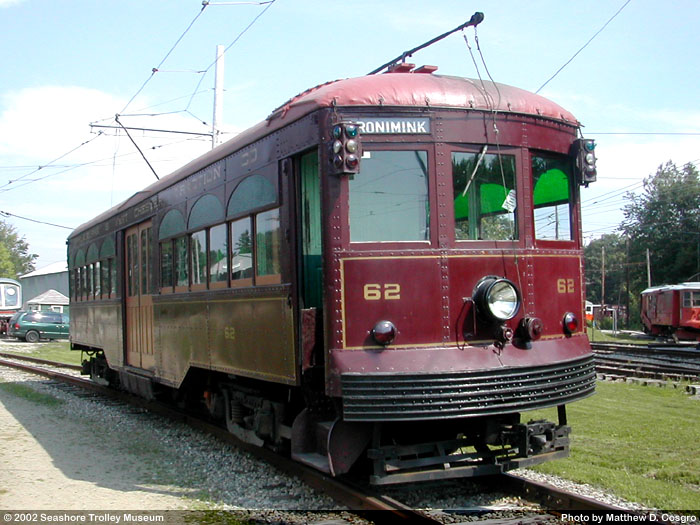
Matthew D. Cosgro in 2002
- Builder
- J. G. Brill Co.
- Description
- Center entrance
- Secondary Use
- None
- Type
- City and Suburban Streetcars
- Year
- 1925
- Retired from Service
- 1969
- Acquired by the Museum
- 1971
- Note
- As of April 2017, No. 62 was at Highwood carbarn. The car is not in operating condition. Members are raising funds to return the car to service.
- Fund
- 811
Philadelphia & West Chester Traction Co. 62
From Philadelphia, Pennsylvania
History
The Philadelphia & West Chester Traction began operating in 1895 with a line from 63rd Street at the west edge of Philadelphia to West Chester, PA. The company later added branches to Ardmore, Sharon Hill and Media, PA. The P&WCT also moved its terminal from 63rd Street to a larger facility at 69th Street in Upper Darby. At 69th St. the P&WCT connected with the Philadelphia Rapid Transit’s elevated line to center city Philadelphia. In 1936, the company renamed itself as Philadelphia Suburban Transportation Co. In 1948, the Philadelphia Suburban Transportation Co. (also known as “Red Arrow Lines”) acquired control of the Philadelphia & Western Railway. The P&W operated an interurban line out of the same 69th Street terminal to Norristown, PA. In 1970, the Southeast Pennsylvania Transportation Authority, a state agency, acquired the PSTC. The West Chester and Ardmore lines were abandoned, but the Sharon Hill and Media lines remain in operation with modern light rail vehicles.
The Red Arrow Lines acquired 32 steel, center entrance cars in three batches from Brill between 1919 and 1926. These cars replaced older wooden cars. The second batch, Nos. 55-64, came in 1925. The center entrance cars had wide doors permitting passengers to enter at the same time as others were leaving the car. This provided rapid loading and unloading. The center entrance cars had couplers and often operated as two-car trains. While not known for speed, the center entrance cars were ideal for handling peak loads. The center door cars were mostly retired after 1960, but a few continued in school service. In 1969, Merritt Taylor, Jr., who ran the Philadelphia Suburban Transportation Co., had center door car 62 restored to its original P&WCT appearance. In 1970, Taylor agreed to donate No. 62 to Seashore.
Seashore brought No. 62 to Maine in 1971. In order to convert No. 62 from 5’ 2 ½” gauge to standard gauge, Seashore arranged for the Bangor & Aroostook Railroad to make new axles at the railroad’s Derby, ME shops. At the same time, the 5’ 4 ½” wheel and axle sets from Baltimore Peter Witt No. 6144 were also regauged. The larger axles from No. 62 were machined down to become the new axles for No. 6144. Used diesel locomotive axles were machined for No. 62. No. 62 began operating at the museum in 1972. In 1991, Seashore also acquired three “bullet” cars – Nos. 203, 207 and 208 – that had operated on the PSTC’s Norristown line.
Technical Information
- Seats: 62
- Control: ML (C-97A)
- Brakes: SME
- Compressor: CP-28
Trucks
- Number: 2
- Manufacturer: Brill
- Model: 27MCB-2X
Motor
- Number: 4
- Manufacturer: General Electric
- Model: 203L
Weight and Dimensions
- Length: 47’ 10.00"
- Width: 8’ 7.00"
- Height: 12’ 5.00"
- Weight: 59280 lbs.
Additional Images
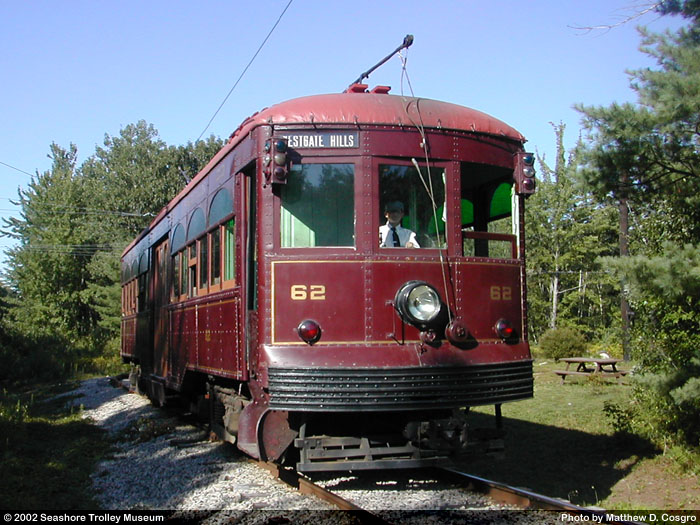
Matthew D. Cosgro in 2002
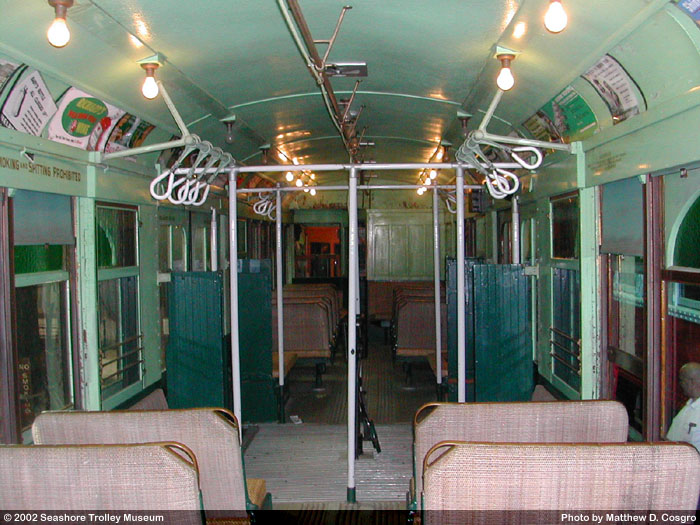
Matthew D. Cosgro in 2002
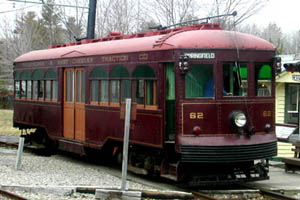
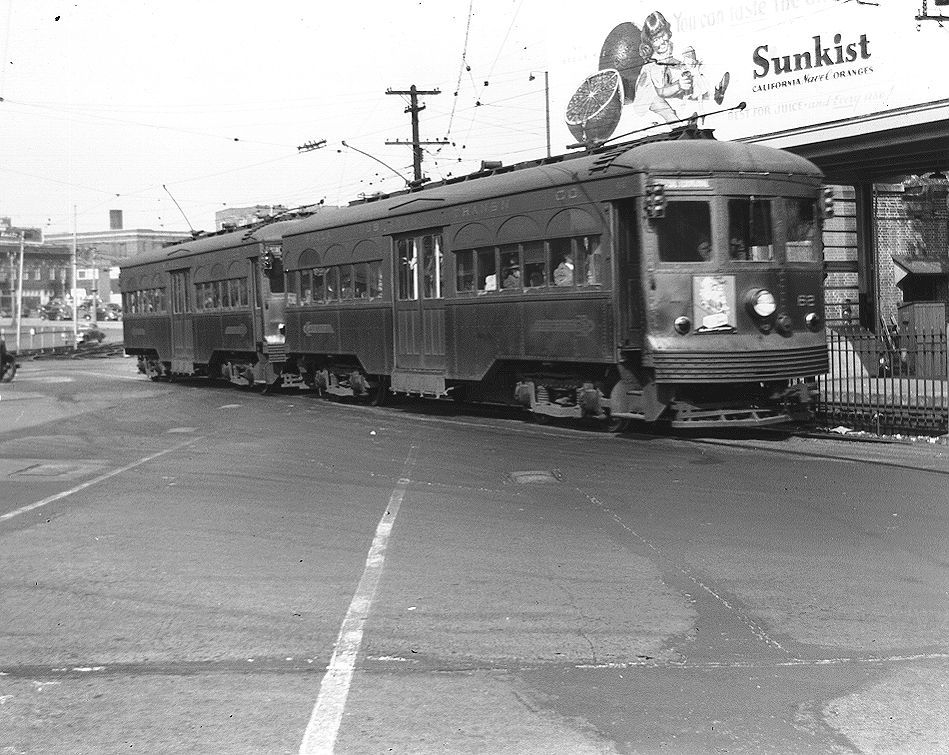
E. Tennyson in Upper Darby PA in Apr 1948
© 1998 - 2025 New England Electric Railway Historical Society. All Rights Reserved.